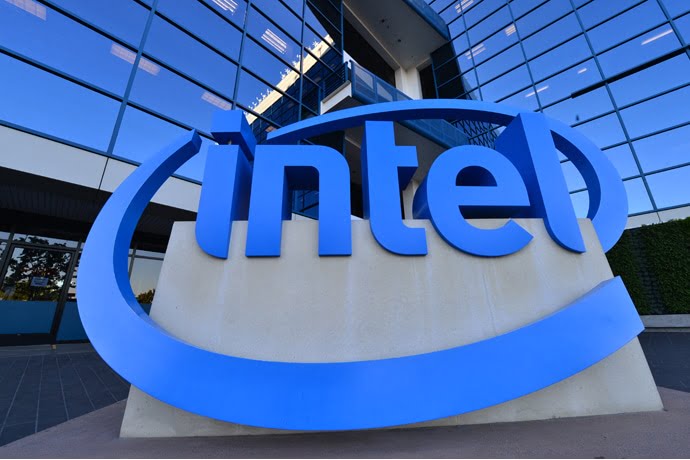Stocks Surge on News of New Intel CEO Pat Gelsinger

Intel Corp. Chief Executive Bob Swan is to step down as the company takes a new leadership direction.
Shares of Intel INTC, closed up 7% after the company said it would be replacing Swan with incoming Chief Executive Pat Gelsinger.
Swan served as Intel’s CEO for just over 2 and a half years, initially on an interim basis and then in an official capacity. His tenure at the chip maker oversaw a turbulent period in which Intel has been plagued by numerous product delays and manufacturing issues, losing considerable ground to rival Advanced Micro Devices AMD and it’s supplier TSMC (TSM).
We don’t run ads or share your data. If you value independent content and real privacy, support us by sharing.
Intel was forced to admit in July that its next generation of chips would be delayed once again and that it might need to work with third party manufacturers in the future – marking a complete departure from the companies previous practices.
The move was also echoed by activist hedge fund Third Point LLC in an open letter to Intel management in December, criticising “how the boards who presided over Intel’s decline could have permitted management to fritter away the Company’s leading market position while simultaneously rewarding them handsomely with extravagant compensation packages.”
Intel said in a release that the announcement “is unrelated to Intel’s 2020 financial performance” and the company expects to exceed its Q4 earnings. News of Swan’s impending departure was first reported by CNBC earlier Wednesday.
Which fires will Pat Gelsinger put out first?
New Intel CEO, Gelsinger returns to Intel after beginning his career with the company. Known as an “engineer’s engineer”, it is hoped that Gelsinger will bring about a cultural shift, starting with execution.
Bernstein’s Stacy Rasgon, who has an underperform rating on Intel’s stock, wrote that Gelsinger “is admittedly a good hire” and was probably the top external candidate considered during Intel’s last CEO search a few years ago.
Still, Rasgon cautioned that it could take many years before Gelsinger can turn things around at Intel “Any changes (whether made by Bob or Pat or whomever) are not going to bear fruit for quite some time, and the next three years or so (which will include guaranteed share losses to AMD, customers moving to alternative ecosystems across PC and datacenter, and further slippage of the technology roadmap) are likely already set in stone, and there is not much Pat is going to be able to do to change that.”.
Rival AMD likely to dominate for years to come.
Shares of rival Advanced Micro Devices Inc. AMD, closed down 3.8% on the same say. AMD has benefitted from Intel’s production problems as well as its own strong line up of new products.
Together with manufacturing partner TSMC, AMD has released a slate of new CPU products for both consumers and enterprise users, beating Intel on price and performance. TSMC has also managed to pull ahead in its manufacturing process, able to secure a generational leap with its 7nm process over Intel’s aging 14nm.
Apple silicon may yet spell doom for both Intel and AMD
Apple’s AAPL launch of its first inhouse designed M1 chip sent shockwaves in the microprocessors industry. Based on ARM instead of the traditional x86 architecture used by Intel and AMD, it is the first laptop and desktop based mass market CPU and it is incredibly impressive.
The new line of MacBook’s featuring the Apple Silicon M1 chip is able to beat it’s Intel counterparts in benchmarks and more incredibly still, even when running software in x86 emulation.
Microsoft is also working on an ARM based version of Windows 10 (albeit with less success) and is also rumoured to be working on its own in house designed ARM chip . It is still early days, however, it is clear that the performance and energy saving gains of ARM based CPU’s will be very difficult for x86 manufactures to match, signalling a likely consumer shift away from Intel and AMD to ARM based CPUs.
